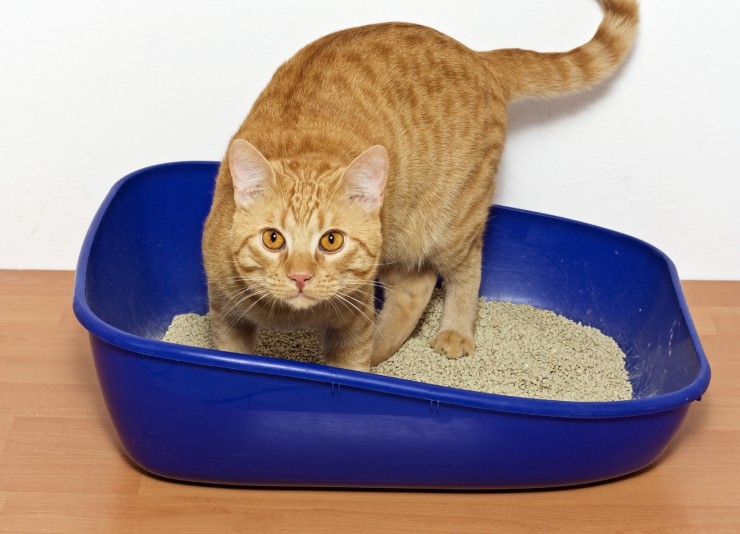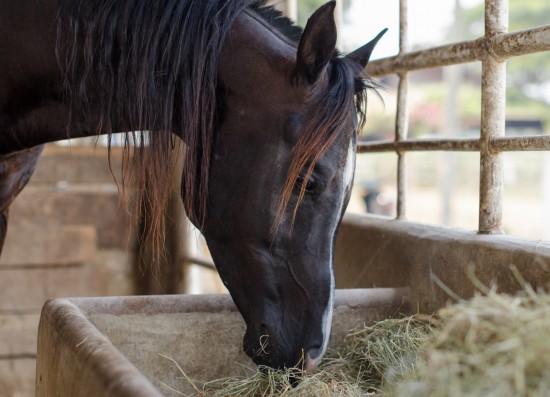

When you own a cat, you have a choice between using a litter box for them to do their business in, or encouraging them to go outside, removing the need for a box most of the time. However, even cats that usually toilet outside may need to have a litter tray put down occasionally, if they need to be closed in for some reason or are unwell and otherwise unable to go outside.
Some cats show a marked preference for using a litter tray, even if they can go outside, while others will avoid it at all costs, and there are a fairly wide range of factors that can influence whether or not your litter tray will get your cat’s seal of approval!
In this article, we will look at some of the most common reasons for why your cat may refuse to use their litter tray, and what you can do to resolve them. Read on to learn more!
Cats are very clean animals, and never is this truer than when it comes to their toileting habits! Cats bury their waste in order to reduce the scent trail that they leave behind for potential predators, and many cats will reject a litter tray that is already dirty and not completely fresh! While many cat owners simply change the whole box of litter now and then when it is dirty, if your cat is particularly finicky, like some breeds including the Siamese can be, nothing less than cleaning out the box after every trip will do! You can use a scoop and dog waste bags or nappy bags to remove waste from the litter tray without having to throw out all of the remaining clean litter.
Most cats will get used to using a litter tray from when they are kittens, naturally gravitating to the texture and content of the tray to do their business. However, some cats will simply not be familiar with a litter tray in the first place, and may have no idea that that is where they are supposed to do their business!
Try encouraging your cat to scrape around in the box, and they may soon learn that it is a good place to go.
Cats that are unwell for any reason may not make it to the litter tray, either because they are in pain and finding it hard to move, or because they just can’t get there in time. Bear in mind this possibility if a cat that has previously used a litter tray now toilets outside of the box, and get them checked out by your vet.
Where you place the litter tray can make all the difference when it comes to how keen your cat is to use it, and the litter tray should be located somewhere private and quiet, where your cat will not be disturbed. If your litter tray is located in a busy or very exposed area, you may have to move it to keep your cat happy!
Cats don’t like to toilet near to where they eat or sleep, and in the wild, will go quite some distance from their home to do their business! If your litter tray is too close to your cat’s food and water bowls or their bed, they may reject it until you move it further away.
You should provide one litter tray for each cat that you own, so that ideally, each cat has their own toileting facility that is not shared and only smells of them. If you have more than one cat, one or more of them may refuse to use a box that the other cat has used, and so smells of them, which means that you should disinfect each tray, replace the cat litter, and situate the boxes far enough away from each other so that there is no crossover.
There are a huge range of different types of cat litter on the market, ranging from traditional clay or grit to paper, sawdust, wood pellets, absorbent crystals, and corn-based litters that can be flushed down the toilet. If your cat does not like the texture of the litter in the tray or is not used to it, they may well refuse to use the tray until you change the litter over to something that they like more!
Another tip to bear in mind is to steer clear of clay-based litters, which were once the most common form of cat litter available. Clay can get onto the paws and coat of the cat and stick to them, and then become ingested when the cat washes themselves, which can lead to intestinal blockages.
Also, scented cat litters should be avoided too, as while they may make the litter box smell better to you, the scent will be alien to your cat, and can possibly act as a deterrent to them.
 Discover the many benefits and advantages of following marine aquarium blog
Discover the many benefits and advantages of following mar
Discover the many benefits and advantages of following marine aquarium blog
Discover the many benefits and advantages of following mar
 Canine Coat Growth And Shedding Explained
Canine Coat Growt
Canine Coat Growth And Shedding Explained
Canine Coat Growt
 How To Feed A Post-laminitic Horse
How To Feed A Pos
How To Feed A Post-laminitic Horse
How To Feed A Pos
 All About Rex Cat Breeds - Curly Haired Cats
All About Rex Cat
All About Rex Cat Breeds - Curly Haired Cats
All About Rex Cat
 How To Protect Your Dog Against Canine Hepatitis
How To Protect Yo
How To Protect Your Dog Against Canine Hepatitis
How To Protect Yo
Copyright © 2005-2016 Pet Information All Rights Reserved
Contact us: www162date@outlook.com